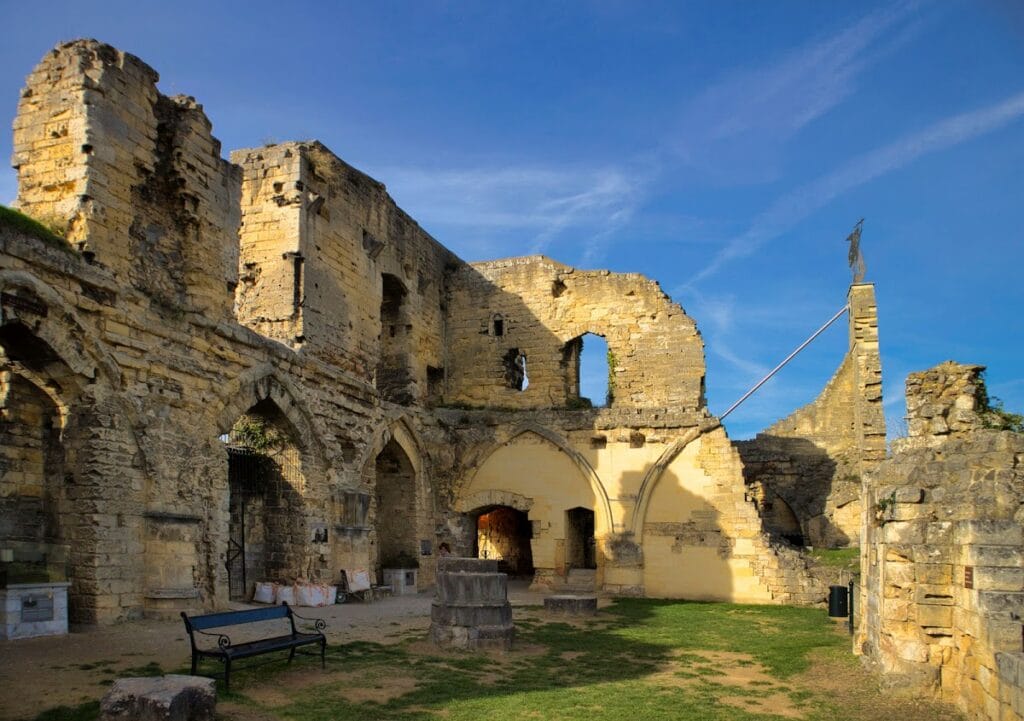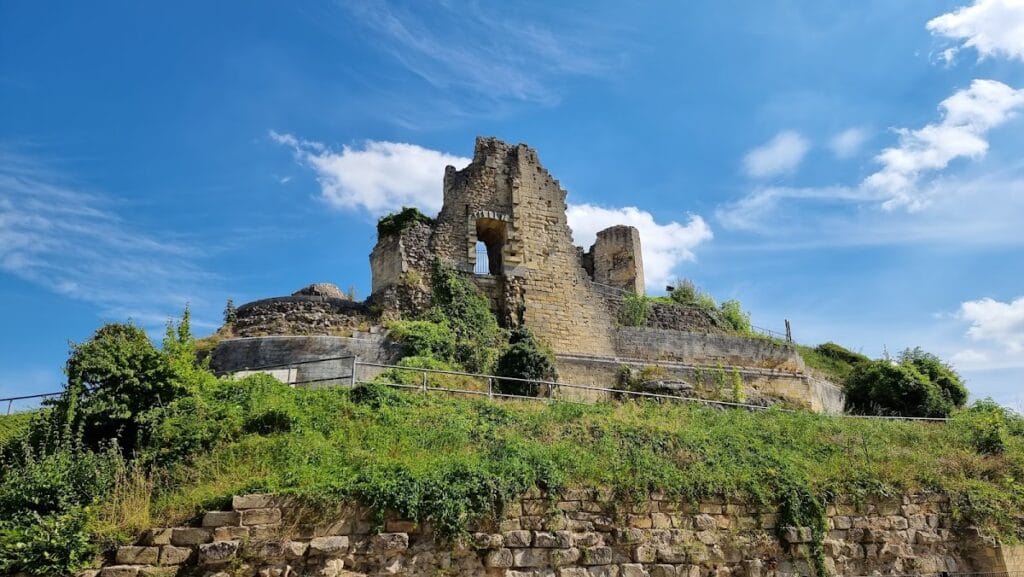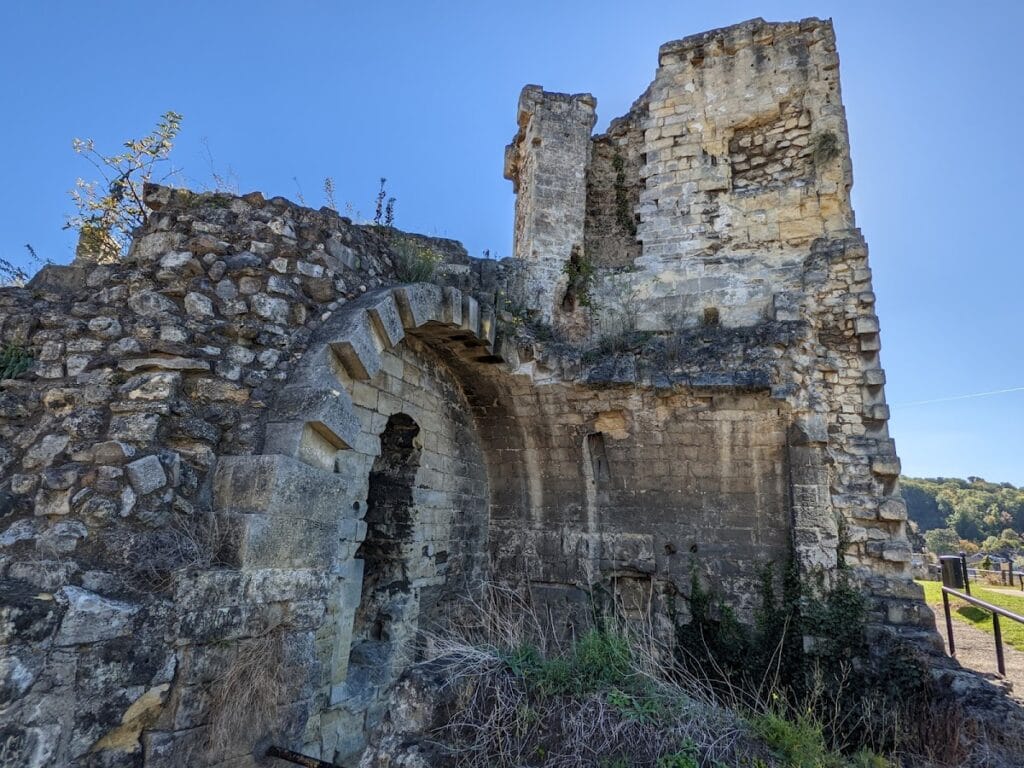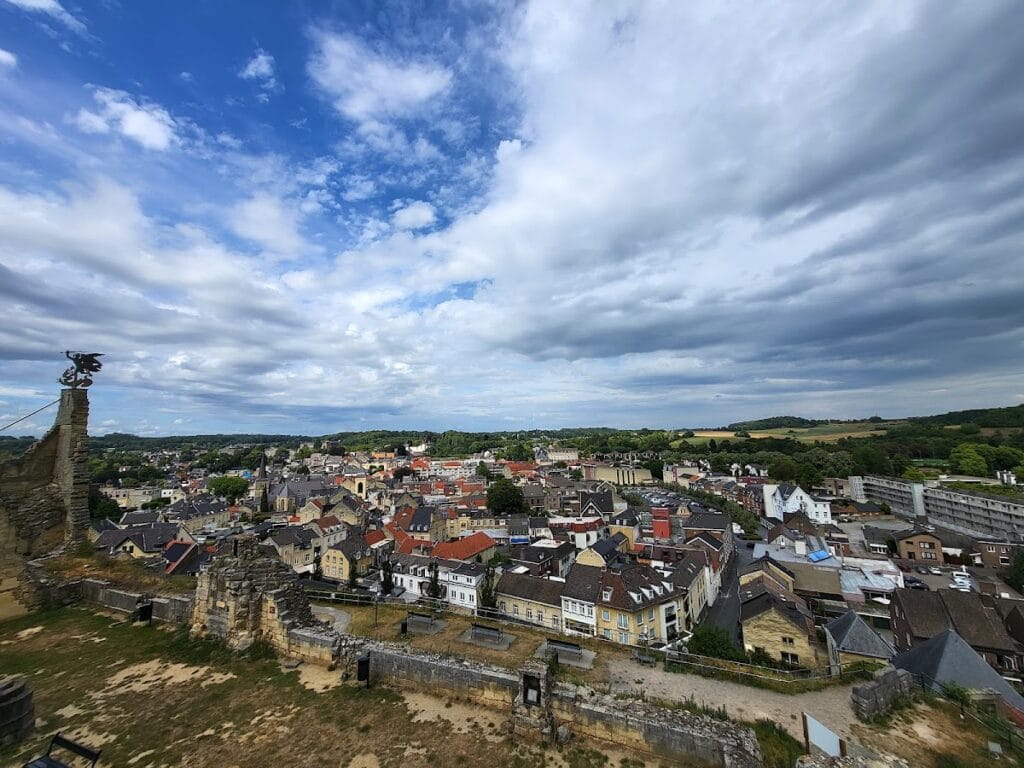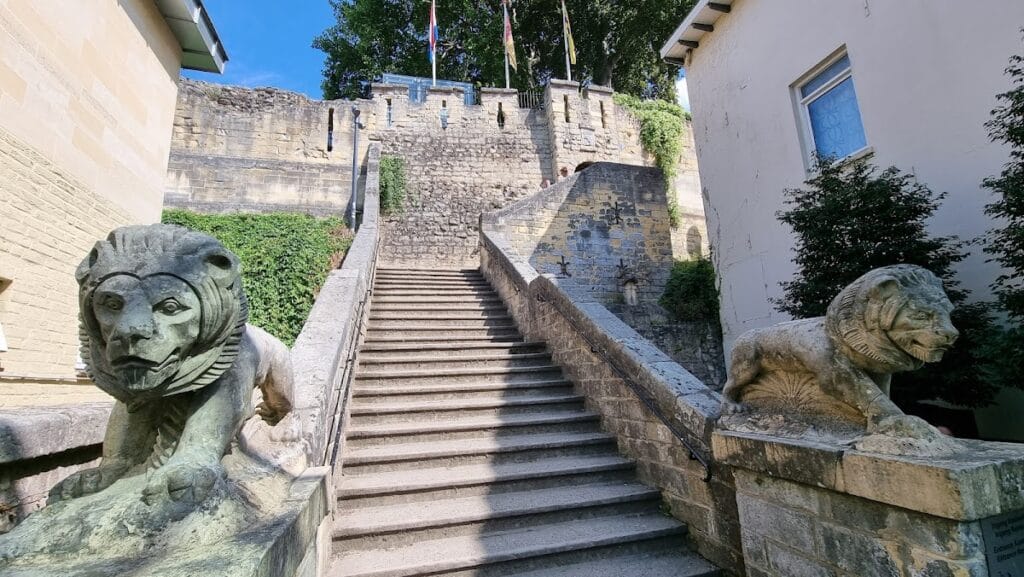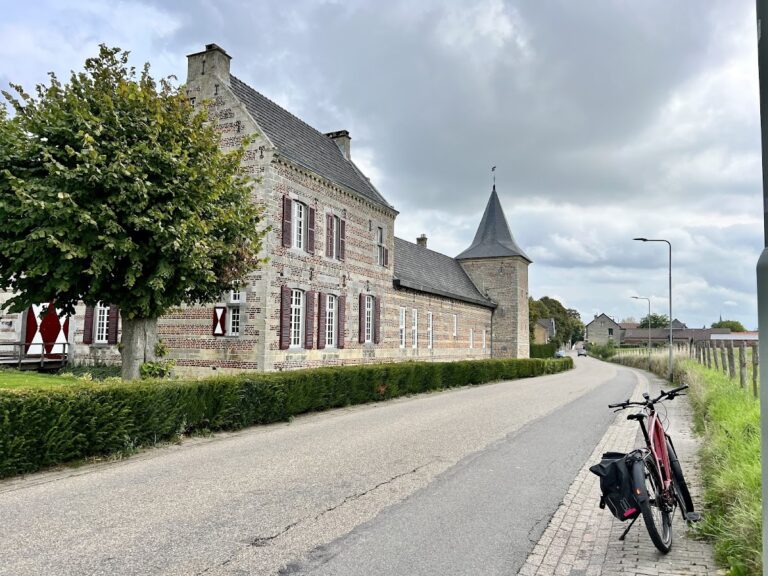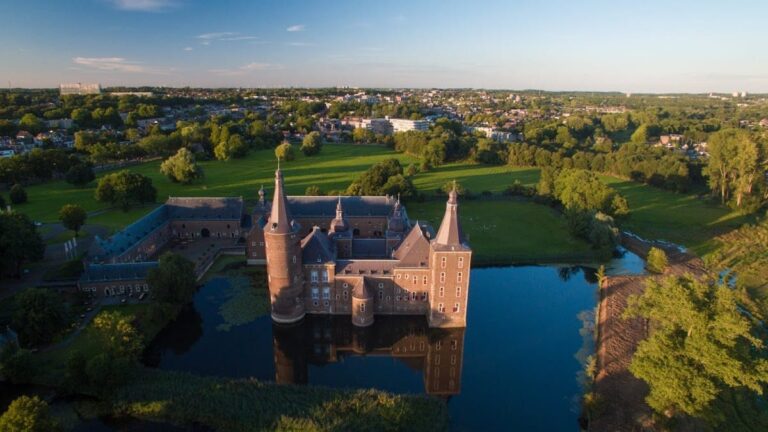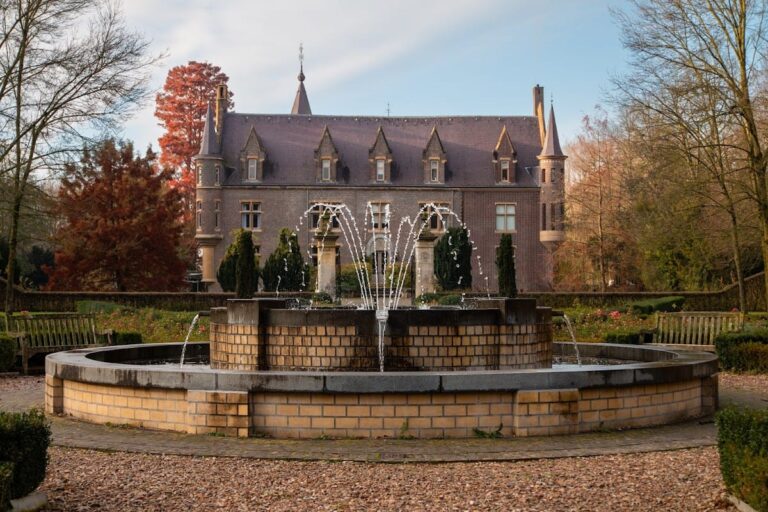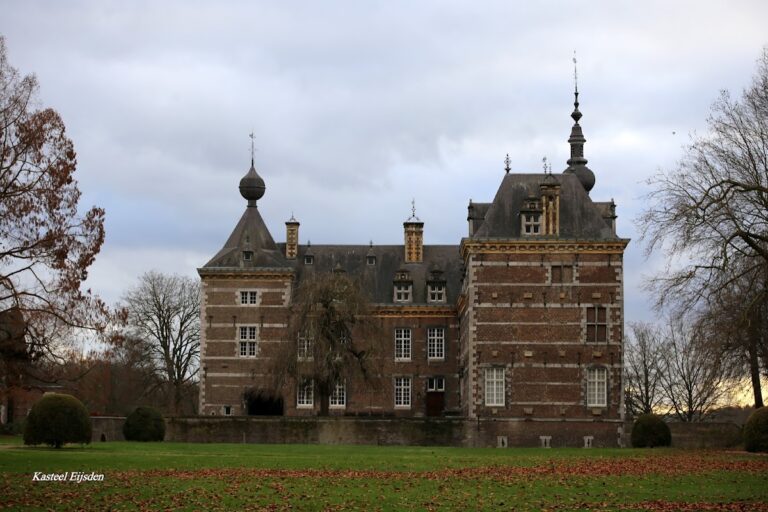Valkenburg Castle: A Historic Hilltop Fortress in the Netherlands
Visitor Information
Google Rating: 4.3
Popularity: Medium
Google Maps: View on Google Maps
Official Website: www.kasteelvalkenburg.nl
Country: Netherlands
Civilization: Medieval European
Remains: Military
History
Valkenburg Castle stands on a hill known as the Heunsberg in the municipality of Valkenburg, Netherlands. It was established by the medieval Lords of Valkenburg, a noble family from the House of Heinsberg.
The first castle was built around 1075 by Gosewijn I of Valkenburg. This initial structure featured a sturdy square residential tower constructed from flint and other durable natural stones, situated to overlook the Geul valley. In 1122, the castle was destroyed by the forces of Godfried I of Leuven under the command of Emperor Henry V, leading to the loss of the original tower. Gosewijn II, son of Gosewijn I, then erected a new castle on the same site. This second castle included a heavy sixteen-sided tower crafted from marlstone, a soft type of limestone extracted from a nearby open quarry. This tower, measuring 15 meters in diameter with walls two meters thick, was surrounded by a wooden palisade.
Tensions with the German emperor resulted in a second destruction in 1141 during clashes involving Gosewijn II. Following his death in 1170, Gosewijn III, who enjoyed favorable ties with Emperor Frederick Barbarossa and was elevated to the rank of count, undertook significant improvements around 1200. He replaced the earlier tower with a smaller ten-sided one and substituted the wooden palisade with a stone shield wall for better defense. Additional buildings were added during this phase. By the mid-13th century, the castle complex featured a well chamber, parts of a chapel, and a precursor to what would become the knight’s hall.
In the early 14th century, the castle grounds were enlarged through the deposition of rubble. The ten-sided tower was replaced by a large building composed of two wings, encircled by a wide shield wall reinforced by two robust round towers. The Valkenburg lineage ended in 1352, after which the territory was absorbed by the Duchy of Brabant. The castle continued as an important administrative and defensive center, managed by castellans on behalf of the Dukes of Brabant.
Throughout its history, Valkenburg Castle endured multiple sieges and damage. The year 1329 saw extensive destruction during a conflict that severely damaged the castle and the adjacent fortress. During the prolonged Eighty Years’ War in the 16th and 17th centuries, control of the castle frequently changed hands. In 1644, Dutch troops led by Stein van Callenfels captured Valkenburg Castle, deliberately dismantling its fortifications to prevent its military use by Spanish forces.
In May 1672, French forces seized the castle during the Dutch War. Later that year, in December, Dutch forces reclaimed it and carried out a systematic demolition of the castle and the city’s defensive walls on orders from Stadtholder William III. This was done to eliminate the site as a potential future military threat. The hilltop castle was blown up, and the fortress’s defensive works dismantled.
A significant fire devastated the city of Valkenburg in 1773. Following this, local inhabitants quarried stones from the castle ruins to rebuild their homes. This scavenging led to the removal of the castle’s north wall, which extended nearly 30 meters, as well as other structural elements.
Ownership changed hands several times in the late 18th and 19th centuries. Count Maximiliaan van Hoen acquired the castle site in 1798. Later, the de Villers-Masbourg family took possession and surrounded the ruins with a fence in 1863 to protect them from further damage. The well-known architect Pierre Cuypers prepared restoration plans around 1894, though these designs were never carried out.
In the 20th century, stewardship of the site passed to the Katacomben-Stichting foundation in 1919. Consolidation efforts took place between 1923 and 1930, with additional restoration work done in 1953 and continuing into the 2000s. Since 1924, the Stichting Kasteel van Valkenburg has managed the castle, focusing on preservation and public access. From the 1950s onward, increased visitation prompted further restoration and archaeological excavations of the fortress remains. These investigations and improvements extended into the 21st century, including the construction of modern visitor facilities completed in 2013. Plans are underway to reconstruct the Wolfstoren, a tower originally standing 30 to 35 meters high.
Remains
Valkenburg Castle occupies a rare Dutch example of a hill castle, perched on the Heunsberg, a rocky spur overlooking the surrounding Geul valley. The castle’s successive phases witnessed evolving construction techniques and defensive features. The initial fortress began with a heavy square donjon built of flint and other hard stones measuring about 12 by 18 meters. It was later replaced by a sixteen-sided tower constructed from marlstone, a type of limestone quarried nearby, showcasing an early use of this local building material with walls two meters thick. This tower was surrounded by a wooden palisade that provided initial protection.
During the early 13th century, the castle underwent further transformation with the replacement of the sixteen-sided tower by a ten-sided stone tower and a new stone shield wall replacing the palisade. Auxiliary buildings appeared within the castle grounds, and by around 1250, visitors could find a well chamber, part of a chapel serving daily religious functions, and the predecessor of what became the knight’s hall. The chapel, used by clergy associated with the nearby H.H. Nicolaas and Barbara church, was first recorded in 1226, with Valkenburg becoming an independent parish in 1281.
In the 14th century, the site expanded again. The ten-sided tower gave way to a large residence consisting of two wings, all enclosed by a broad shield wall secured by two massive round defensive towers. This complex included a defensive southern approach known as the “dwingel,” a sunken path bordered by high walls and natural rock faces, culminating at the guarded gate. This layout allowed defenders to repel attackers effectively.
Beneath the castle lie several tunnels and casemates—vaulted chambers designed for defense—which in some cases connect to the nearby Fluweelengrot, or Velvet Cave. This cave system, an underground marl quarry, served as emergency escape routes during times of siege. Parts of the castle’s defensive walls and towers date to different periods, reflecting continuous adaptation.
After destruction in 1329, the residential wing was rebuilt in Gothic style, likely under the supervision of Dirk IV. The knight’s hall, actually the ground floor of the main hall, probably housed kitchens and service areas. This hall features heavy pillars supporting characteristic Gothic vaults, an architectural style known for its pointed arches and ribbed ceilings.
Among the surviving castle remnants today are sections of the marlstone city walls, a substantial round tower, and a square tower located on Kerkstraat. The Halder defense tower also remains, alongside three of the original six city gates: Berkelpoort, Grendelpoort, and the Geulpoort. The Geulpoort was carefully rebuilt in 2014 on its original foundations.
Notably, the nearly 30-meter-long north wall that once enclosed the armory was entirely demolished after the 1773 fire. Other walls were systematically dismantled, vaults broken, and the hardstone window frames were removed during the post-fire period when locals repurposed the stones.
Modern facilities on the site include a contemporary glass entrance building constructed in 2013, designed to provide accessible entry with a lift and a hospitality pavilion featuring a large terrace. The Stichting Kasteel van Valkenburg manages the ruins and also operates the Fluweelengrot caves. These caves are notable for their charcoal drawings and marl sculptures, which add cultural and historical interest to the site.
Archaeological exploration uncovered building fragments in 1922 and revealed one of Western Europe’s oldest marlstone quarries beneath the castle’s entrance area, highlighting the long-standing use of local materials in the castle’s construction and the deep historical roots of the site.
